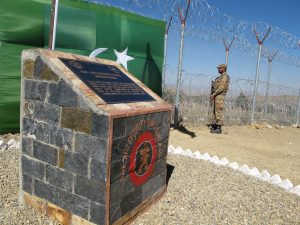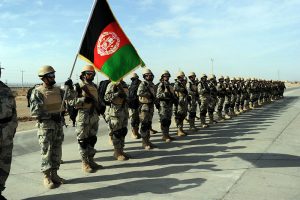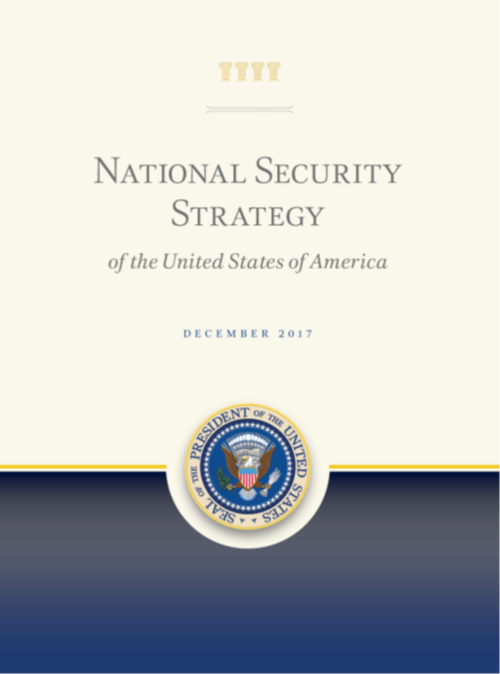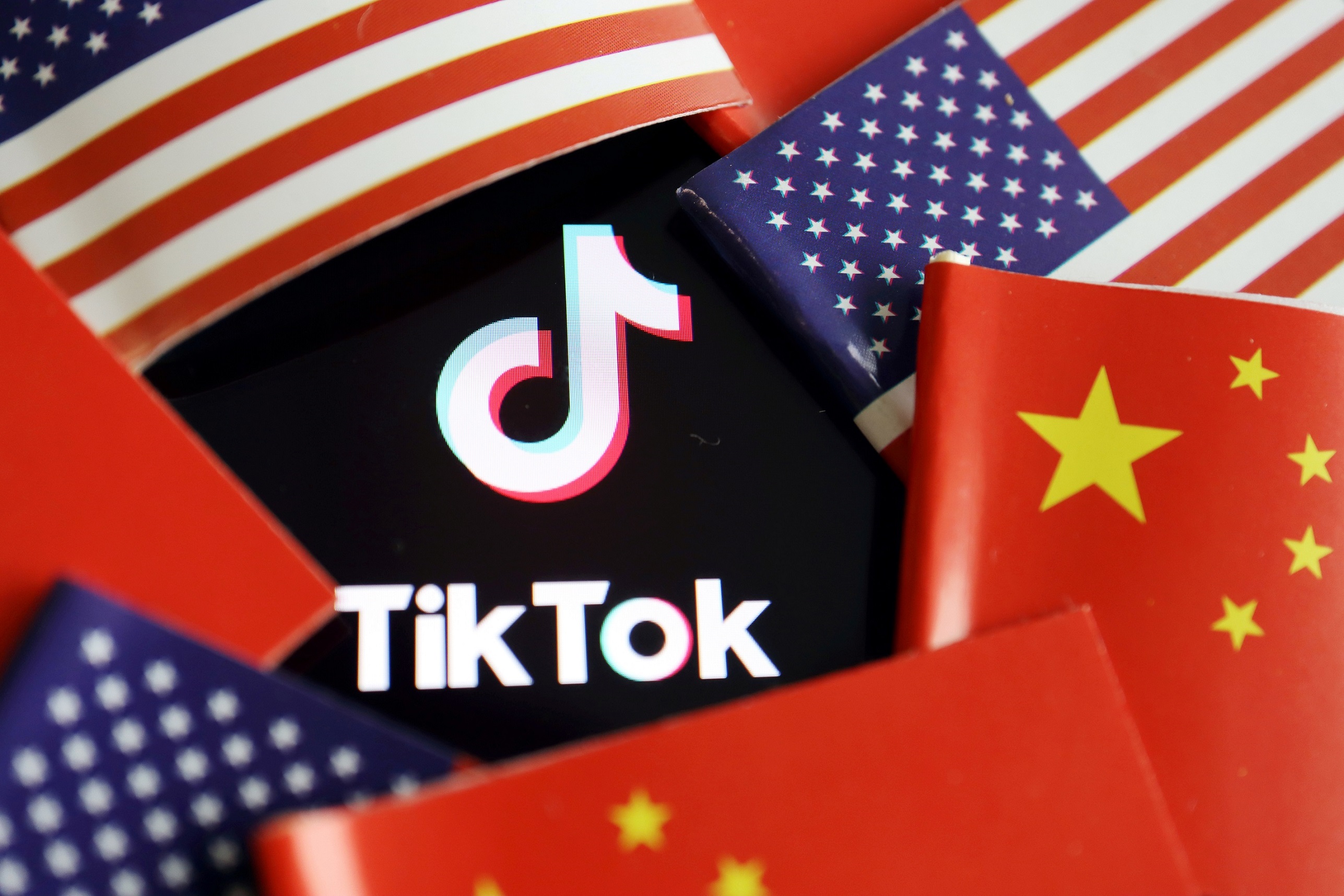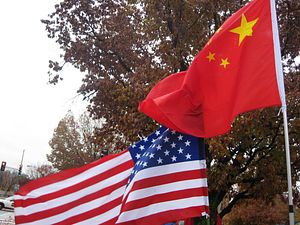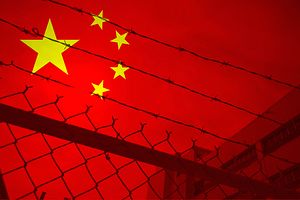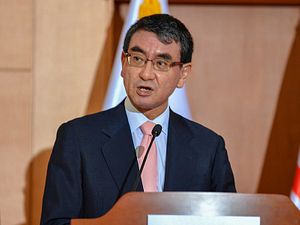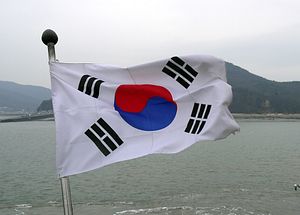As the India-China border-standoff in the Ladakh region now enters the 14th week, reports suggest that China is closely monitoring India’s strategic defense facilities including the Tezpur Airbase in Assam.
According to a report published by India Today, China is keeping a vigilant eye on India’s strategic facilities in the eastern sector, notably Tezpur Airbase in Assam and Abdul Kalam Islands in Odisha.
The reports come after India issued a Notice-to-Airmen (NOTAM) for a launch of an experimental flight vehicle in the Bay of Bengal from 20 to 22 August 2020, for an area of about 550 km off the coast of Odisha – similar to the one issued last year when India successfully tested Hypersonic Technology Demonstrator Vehicle (HSTDV).
The HSTDV project is run by DRDO for its futuristic hypersonic weapons delivery platform including the BrahMos-2 project. Apart from the Eastern coast, the Tezpur airbase in Assam is a combined Defense-Civilian airport that is home to the No.2 and No.106 Squadrons of the Indian Air Force, fielding the mighty Su-30 MKI air-superiority aircraft.

